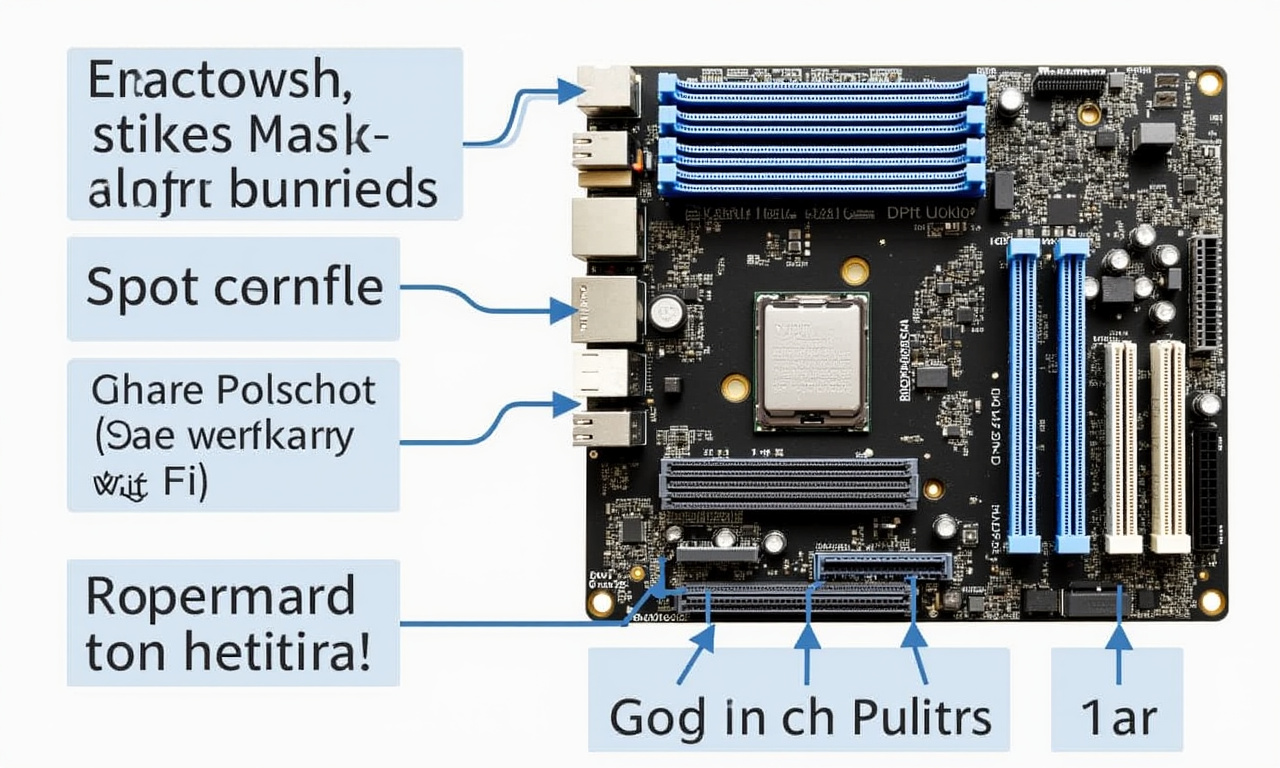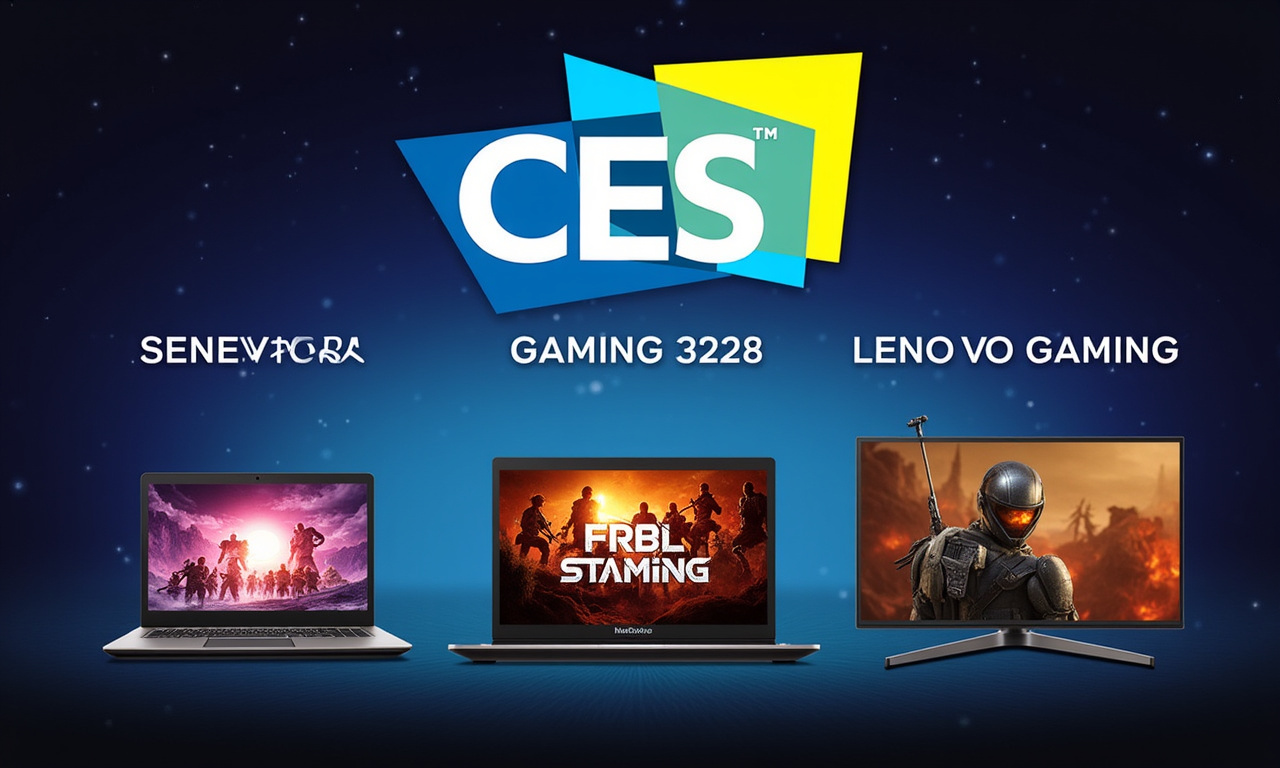Overview
Recent reports suggest that AMD might be preparing to launch a 16 GB version of its RX 9070 GRE graphics card, sparking interest among gamers and industry analysts alike. This potential upgrade could signify a strategic move by AMD to enhance its market presence and compete directly with Nvidia’s next-generation offerings, particularly the expected RTX 50 Super series.
Zooming In
Industry Context
The graphics card market is highly competitive, with AMD and Nvidia as the leading players continuously striving to outdo each other. Nvidia’s RTX series has consistently set benchmarks in graphics performance, pushing AMD to step up its game. The introduction of high-memory cards is part of AMD’s broader strategy to meet the rising demand for powerful graphics capabilities in gaming and professional applications.
Current RX 9070 GRE Specifications
The current AMD Radeon RX 9070 GRE offers 12 GB of GDDR6 memory and includes 48 compute units. It is essentially a scaled-down version of the RX 9070 XT, which boasts 16 GB of VRAM and 64 compute units, leveraging AMD’s latest RDNA 4 architecture. The 16 GB variant would likely match the RX 9070 XT in terms of memory, potentially closing performance gaps.
Market Implications
The potential launch of this 16 GB model is significant as it could offer gamers a more affordable high-memory option, pushing Nvidia to reconsider its pricing strategies. Historically, graphics cards with increased VRAM can handle higher resolutions and more demanding textures, which is crucial for the latest game titles adopting demanding graphics technology such as ray tracing.
Competition and Consumer Impact
Nvidia’s anticipated RTX 50 Super series could feature additional memory, making AMD’s 16 GB RX 9070 GRE a strategic response to maintain competitive parity. For consumers, such competition typically results in better pricing and innovations, driving advancements in gaming experiences.
Expert Opinions
Industry insiders suggest that AMD’s move mirrors a broader trend of increasing VRAM across mid-range graphics cards. Analysts predict that AMD’s focus on offering high-performance-per-dollar could strongly appeal to gamers and content creators who require substantial VRAM without breaking the bank.
Looking Forward
If AMD confirms the release, the graphics card could become available globally, expanding beyond its initial market presence in China. A global release would align with AMD’s strategy of capturing a larger share of the graphics market during major gaming events and product launches.
In conclusion, AMD’s potential launch of a 16 GB RX 9070 GRE signifies more than just a hardware upgrade; it represents a strategic positioning against Nvidia at a pivotal time. With both powerhouses poised to release new product lines, the competition will likely continue to heat up, to the benefit of consumers worldwide.









